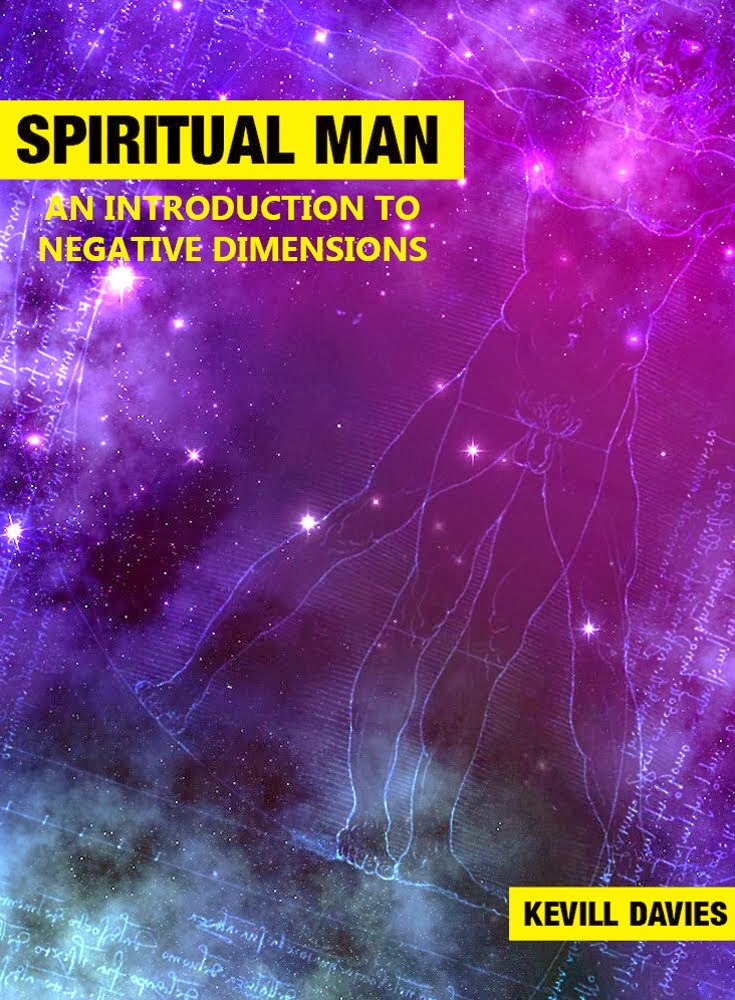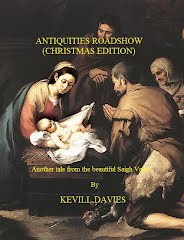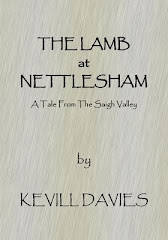
IT IS impossible for anyone not to feel heartfelt sorrow for the people of Haiti after the earthquake tragedy on the 12th January that brought the already poor country to its knees.
The television has brought us unparalleled pictures of the misery of this country but there is one that sticks in my mind. To me the most evocative picture was that of the young girl, aged ten or eleven who was shot dead for allegedly looting some pictures. She lay face down on the ground, the pictures spread out, also face down, close to her hand. What a waste of a young life. Tragic, it brought tears to my eyes, because it was avoidable; it was a man made tragedy.
Haiti's regional, historical and ethnolinguistic position is unique for several reasons. It was the first independent nation in Latin America, the first post-colonial independent black-led nation in the world, and the only nation whose independence was gained as part of a successful slave rebellion. Haiti now ranks 149th of 182 countries in the United Nations Human Development Index (2006). About 80% of the population were estimated to be living in poverty in 2003. Most Haitians live on $2 or less per day and the population of Haiti is 50% illiterate. About 80 percent of Haitians are Catholic and 16 percent Protestant, though more than half the population are believed to practice Voodoo, a religion with roots in Africa. Many Haitians have turned to God for an explanation of their impoverished country's worst catastrophe in living memory, which has killed up to 200,000 people. Remember this is only the latest in a long line of disasters. In many ways, the hurricane season of 2008 was the cruelest ever experienced in Haiti up to now. Four storms--Fay, Gustav, Hanna, and Ike--dumped heavy rains on the impoverished nation.
The rugged hillsides, stripped bare of 98% of their forest cover thanks to deforestation, let flood waters rampage into large areas of the country. Particularly hard-hit was Gonaives, the fourth largest city. According to reliefweb.org, Haiti suffered 793 killed, with 310 missing and another 593 injured. The hurricanes destroyed 22,702 homes and damaged another 84,625. About 800,000 peop
 le were affected--8% of Haiti's total population. The flood wiped out 70% of Haiti's crops, resulting in dozens of deaths of children due to malnutrition in the months following
le were affected--8% of Haiti's total population. The flood wiped out 70% of Haiti's crops, resulting in dozens of deaths of children due to malnutrition in the months following the storms. Damage was estimated at over $1 billion, the costliest natural disaster in Haitian
history. The damage amounted to over 5% of the country's $17 billion GDP, a staggering blow for a nation so poor.
Back to the earthquake. At Saint Jean Bosco, an intact Catholic Church in a less damaged part of town, smartly dressed worshipers sang and clapped with their outstretched
palms in the air. They also grieved the loss of the beloved leader of Haiti's Catholic Church, Archbishop of Port-au- Prince Monsignor Joseph Serge Miot, who died when his residence
collapsed and he fell to the ground outside, smashing his head. The earthquake was indiscriminate in who survived and who perished. "This increases our faith, despite everything. He (God) has protected us," said Dania Aly, 22.
Well has he or does it even matter? One can't help but wonder if the Christian, Islamic, Jewish God is all powerful, caring and compassionate, why do these disasters happen. If as one cleric on a recent BBC programme put it, he is testing those that are left behind, it begs the question of
WHY? Of course, if you are a Muslim, you cannot even ask this question of Allah because you are
not worthy. All very convenient, but even if you could, you're unlikely to come up with an answer, like the millions of cognisant questioning beings before us. The truth is, either you believe in spite of what you see, or you don't. In Haiti, they have a system of faith that
embraces two religions. The relatively modern one of Roman C a t h o l i c i s m (2000 yrs old)
and Voodoo, a practise whose roots go back ten thousand years or more. In a syncretism,
special to Haiti the people see no problem in combining the two so that the Loa (Spirit) Erzulie is synonymous with the Virgin Mary: Legba, the 'gatekeeper' spirit becomes St. Peter: Domballah,
the serpent spirit is St. Patrick and so on. The benefit of having these two means of practising your faith is that if one seems to be failing you, there is an alternative mode of service to fall back on. The Vodun service relies heavily on music, dancing, sacrifice and drumming. The spirits required are called by the priest (Houngan) or priestess (Mambo) through the gatekeeper spirit Legba and these entities bodily take over the body or mind of the person to be helped. In Haiti there are two types of Vodum practised, Rada and Phetro. The former is to do with helping people, whether a social or medical problem. The priests act more as councillors and healers
in their works. With Phetro, however, we have a darker form of the religion. The spirits invoked
are not loas but guedes, an altogether more sinister bunch of spirits, like Baron Samedi, much
beloved of Hollywood film makers and authors with their tales of zombies.
In Vodun, the earthquake was the work of one of the guedes, as were the hurricanes. It is something the Haitians have to live with, because in their Voodoo faith, the responsibility for everything that happens in life is decided by the spirits. For instance, they have no concept of the Christian 'good' and 'evil'. A person is either filled with a good or evil spirit and is, therefore,
not responsible for his actions. This belief in the inevitability of what ever comes to pass gives
them a resignation or stoicism to accept whatever life throws at them. There is nothing they can
do; it is beyond their means to alter the course of their lives. I can only speculate that they cope by drawing on whatever mental resources are available to give them greatest hope. The Catholic
faith has drummed into them the truth of the divine love of Jesus Christ and the sure and certain
resurrection of the dead on the day of judgement. If it helps them deal with the loss of loved ones, then who can argue that it is a waste of time? Mind you, a little financial help from the Vatican to help rebuild their shattered Country wouldn't go amiss.
Returning to the picture of the shot little girl. As I looked at the photograph, I wondered if the
images depicted on the pictures were ironically, one of Jesus on the cross and the other The Virgin Mother, both representing her hope for her future. I wouldn't be surprised.
Kevill Davies is author of
'Apsaras'. Available at most on
line book shops.
Read more on his Indaloblog at
www.kevilldavies.com
www.thereader.es local news updated daily online - 950 88 81 80
local author and globe trekker Kevill is a local author and is working on other projects all of the time. kevill davies
See his website at www.kevilldavies.com | kevilld@thereader.es.
Check out his latest book, “Apsaras”, on amazon.co.uk!






No comments:
Post a Comment